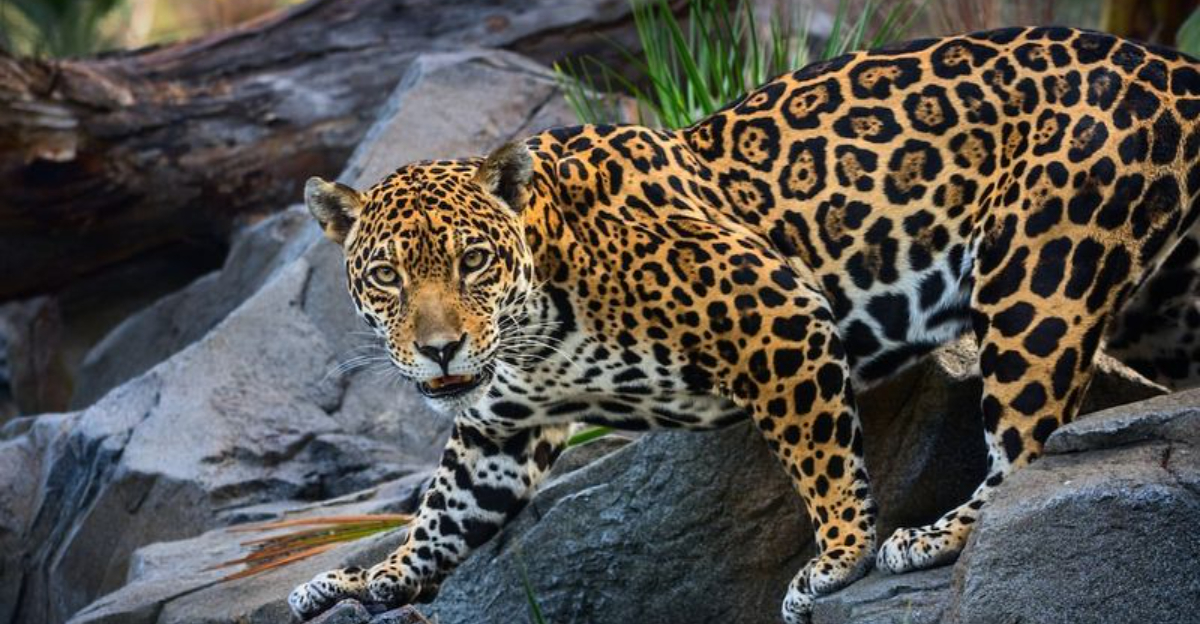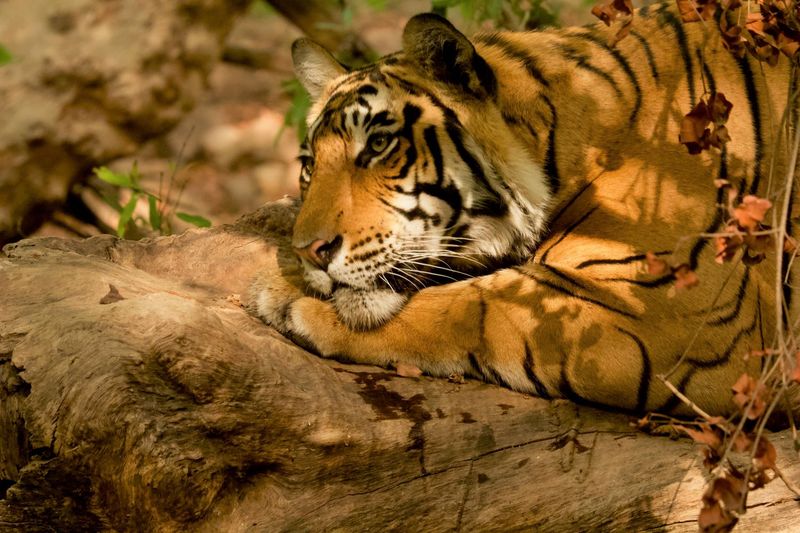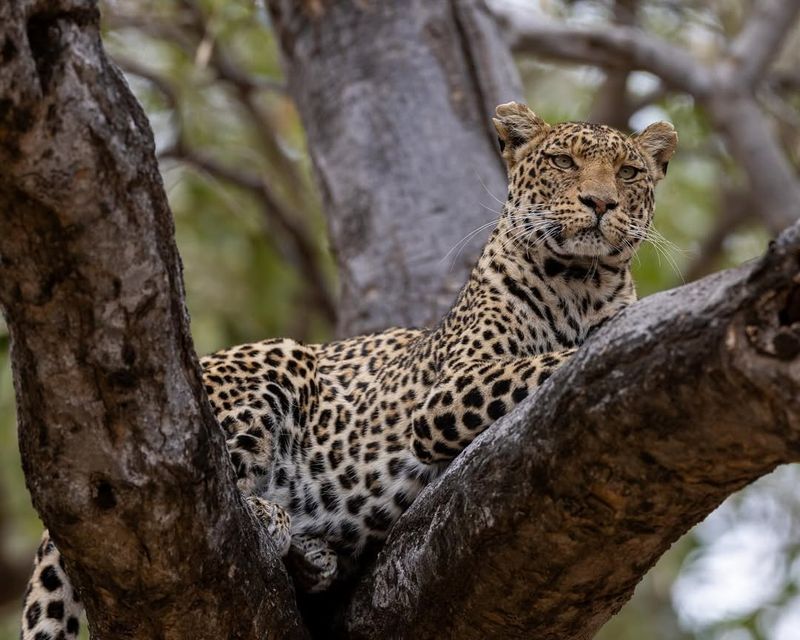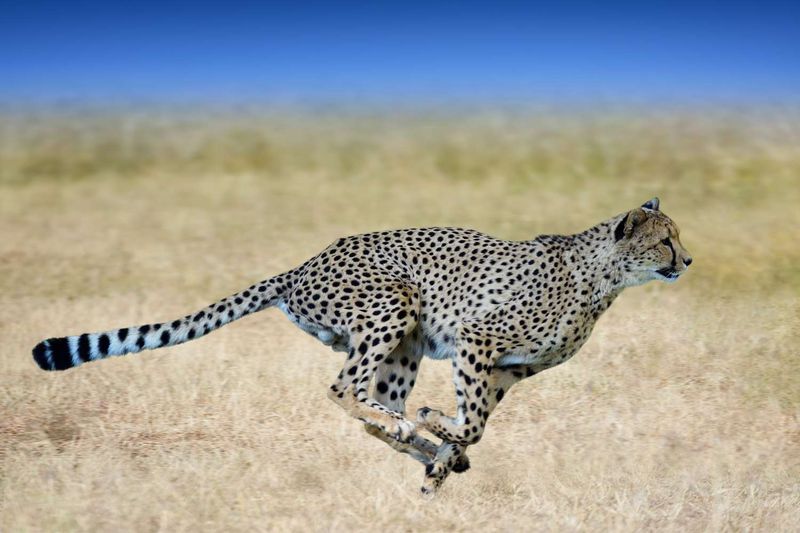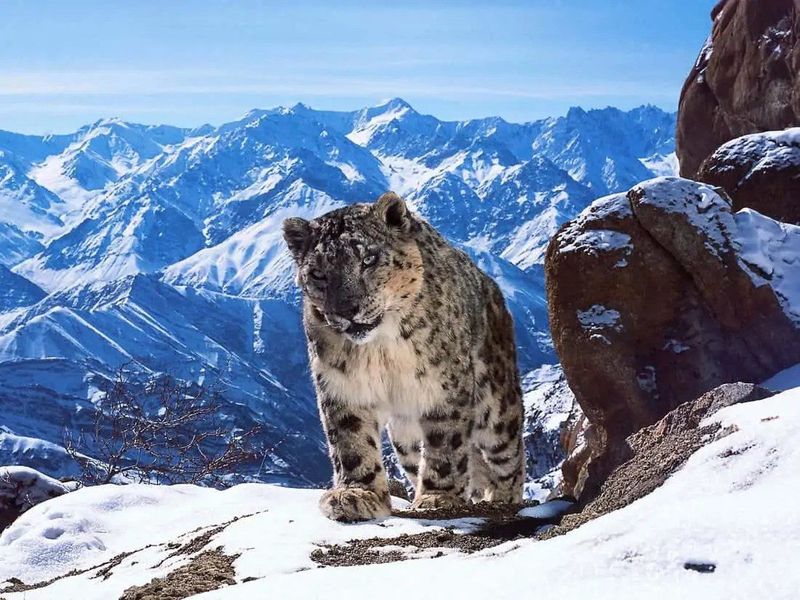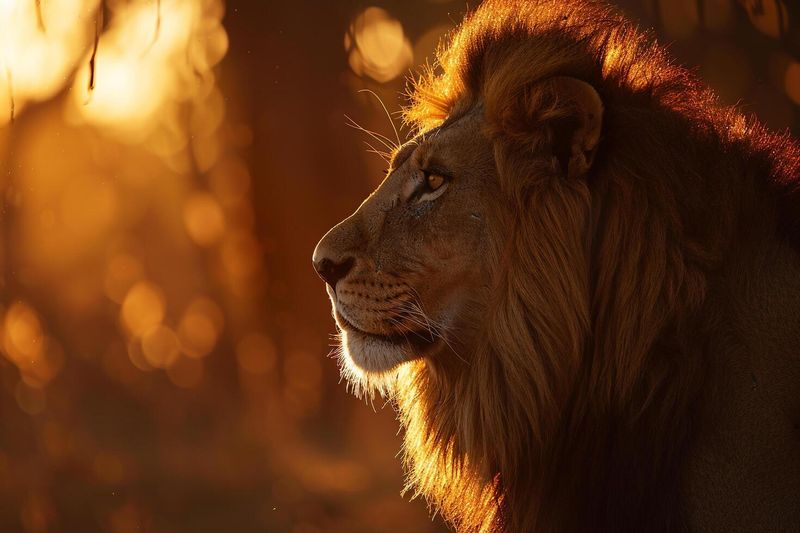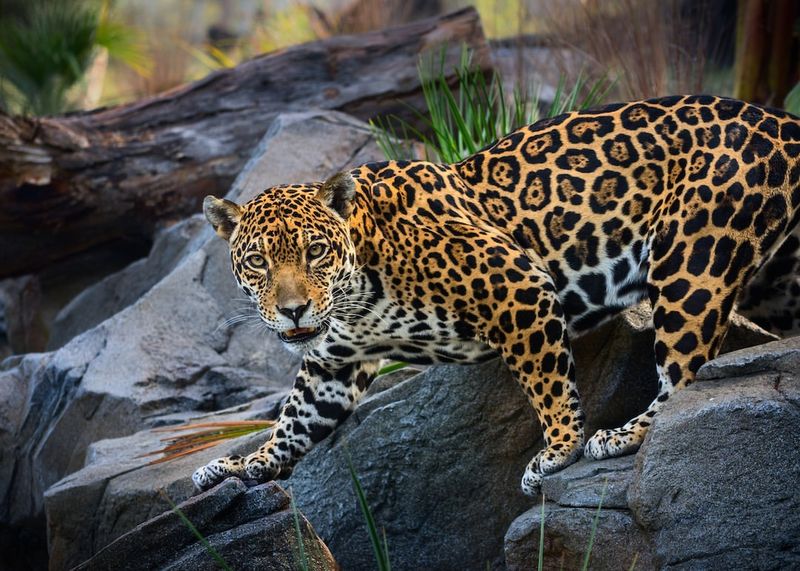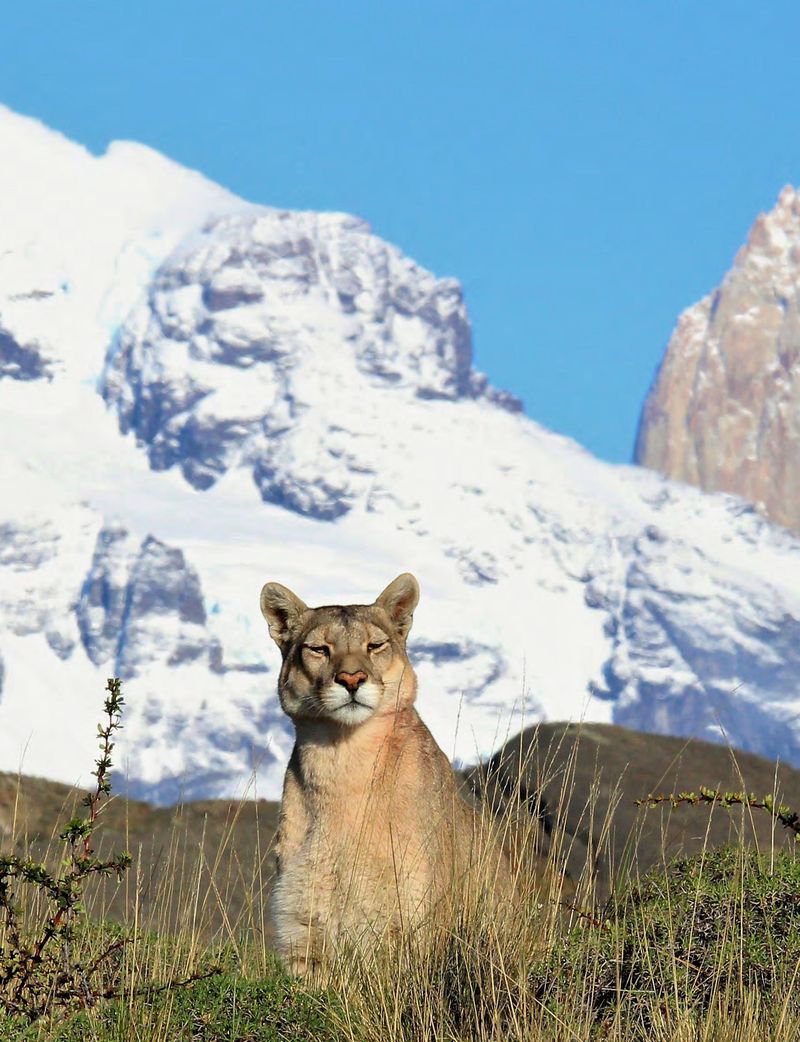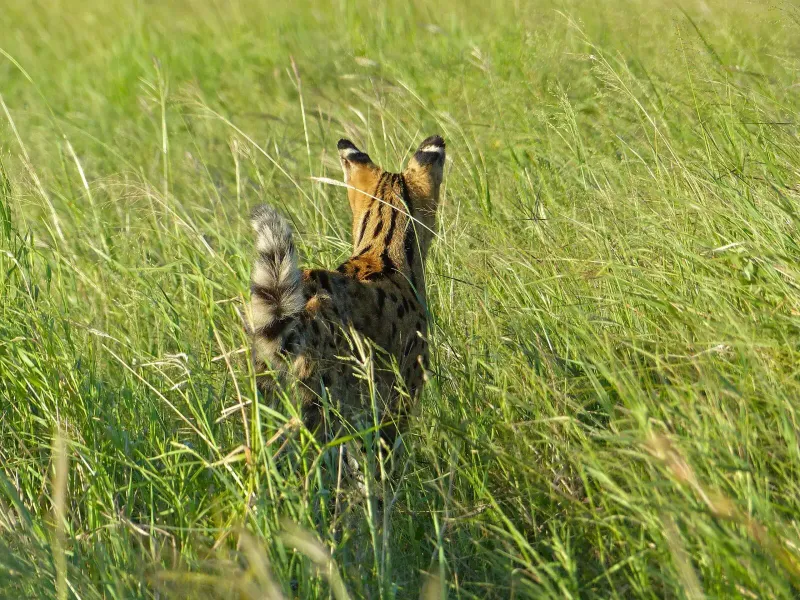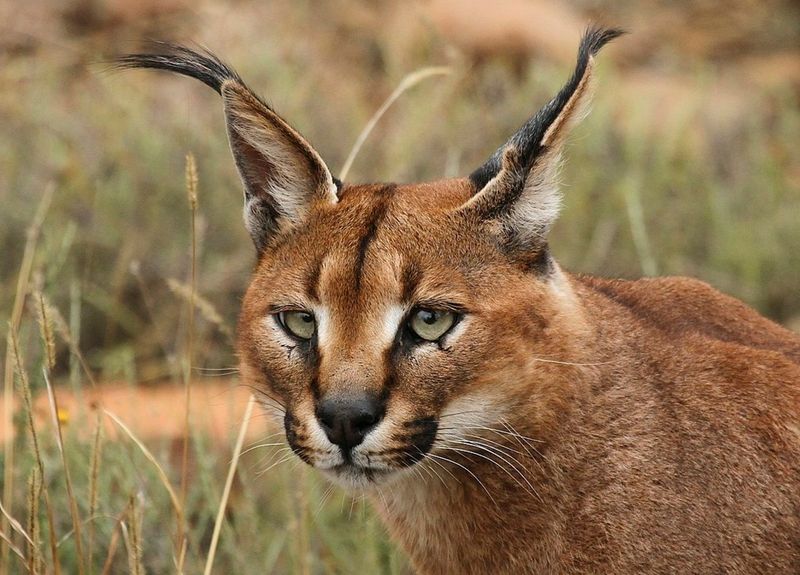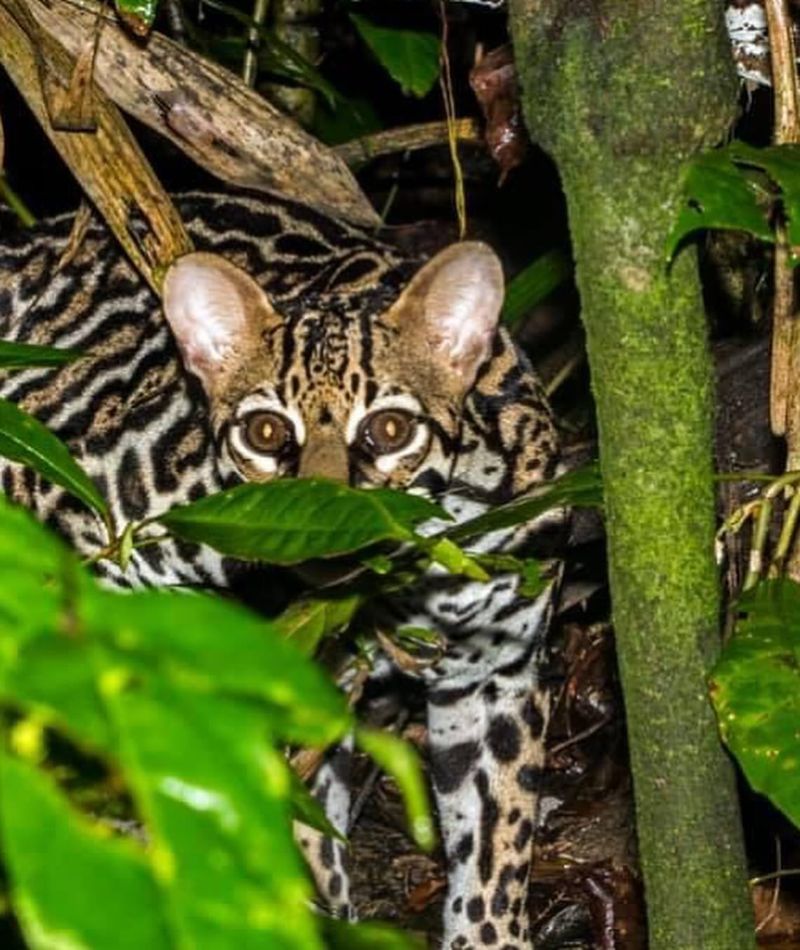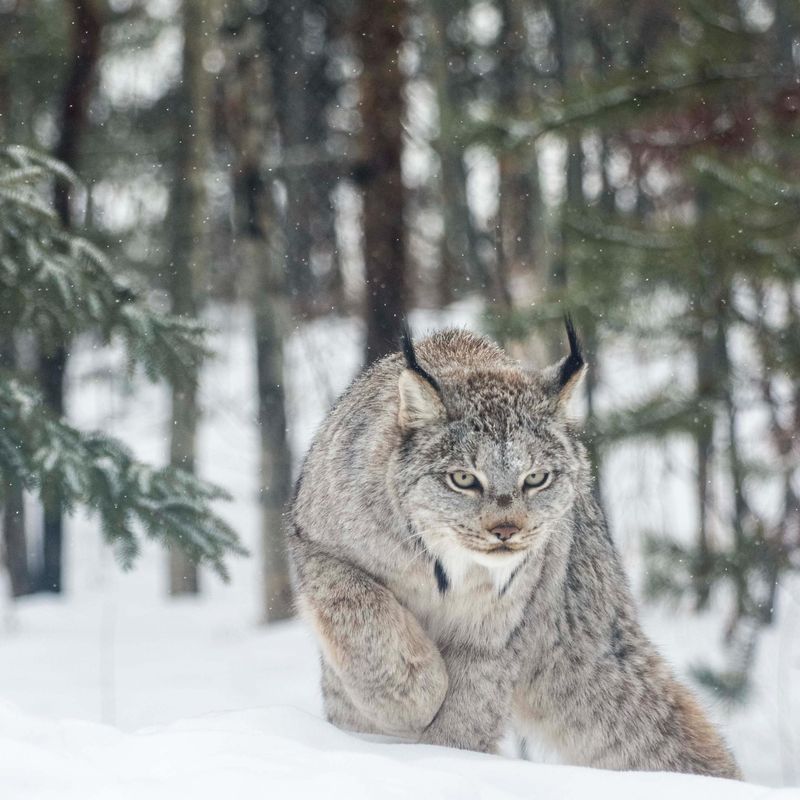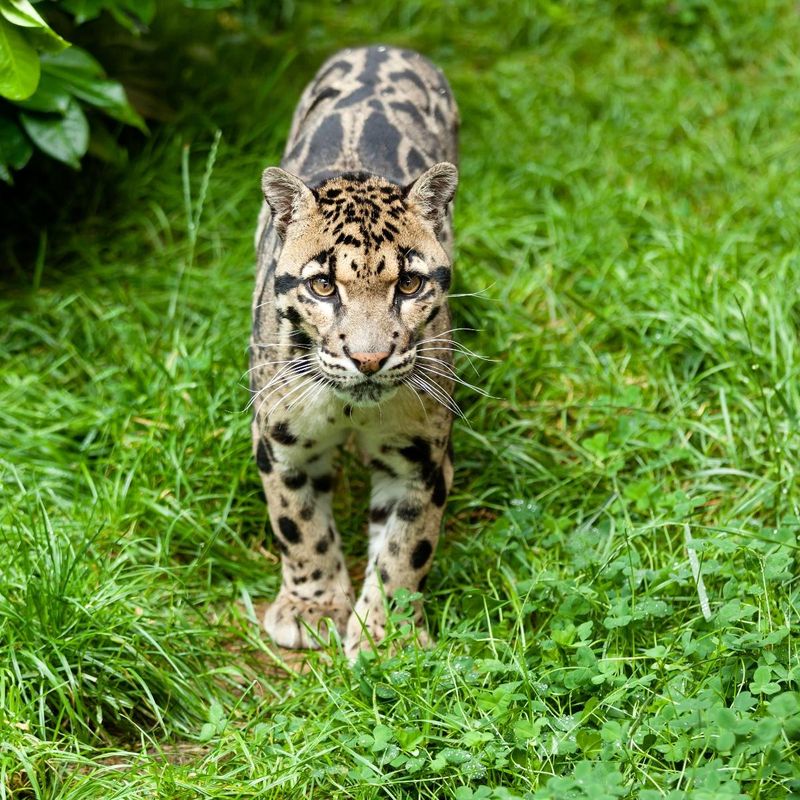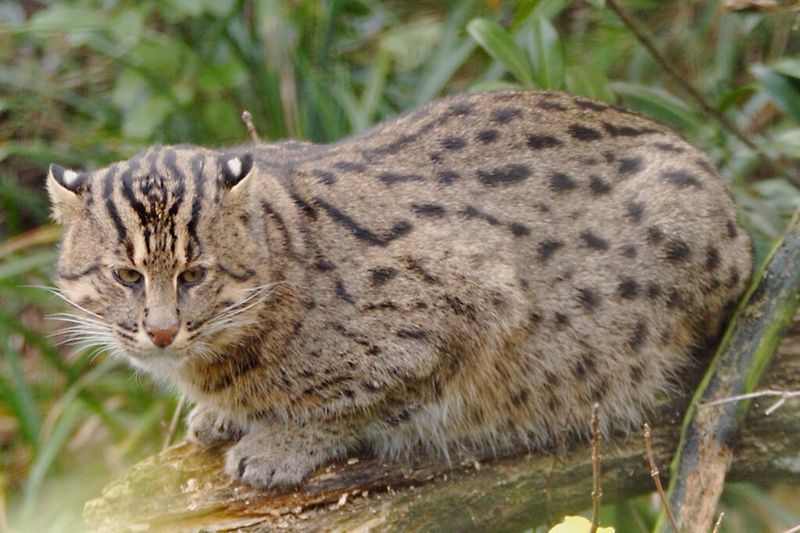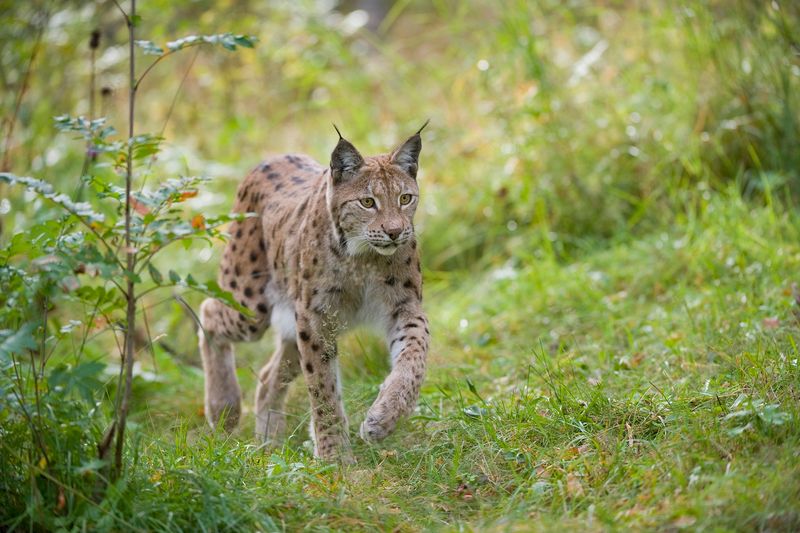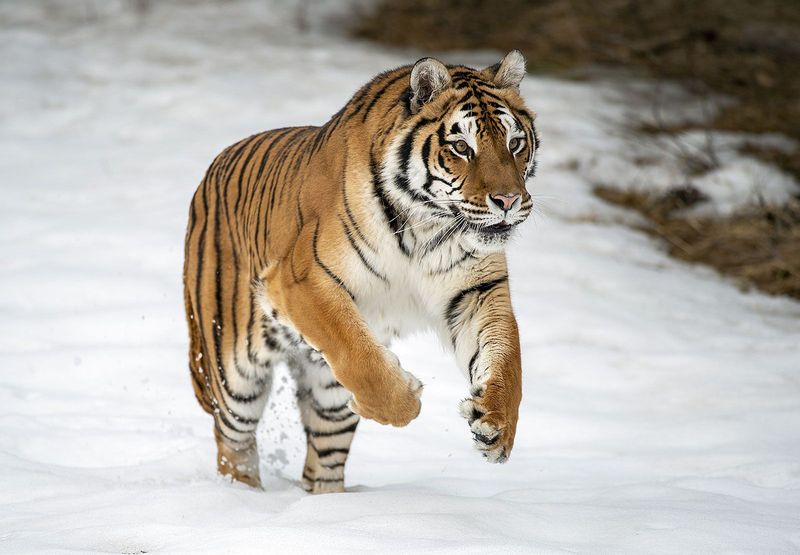📖 Table of Content:
- 1. Tiger’s Stripes in the Jungle
- 2. Leopard’s Spots in the Forest
- 3. Cheetah’s Speed and Spots
- 4. Snow Leopard in the Mountains
- 5. Lion’s Mane and Savannah
- 6. Jaguar’s Rosettes in the Rainforest
- 7. Puma’s Adaptability Across Terrains
- 8. Serval’s Spots in the Grasslands
- 9. Caracal’s Ear Tufts for Deception
- 10. Ocelot’s Markings in the Underbrush
- 11. Lynx’s Fur in the Snow
- 12. Clouded Leopard’s Cloud-Like Markings
- 13. Fishing Cat’s Wetland Camouflage
- 14. Eurasian Lynx in the Woodlands
- 15. Siberian Tiger in the Taiga
Big cats are renowned for their remarkable ability to blend seamlessly into their surroundings. Whether in dense forests, open savannas, or rugged terrain, their camouflage plays a critical role in both hunting and evading predators. This natural skill ensures their survival in the wild, allowing them to remain hidden from both prey and threats.
Each species of big cat has developed its own unique way of using camouflage to their advantage. Some rely on their fur patterns, while others take advantage of environmental features to stay out of sight. These adaptations are a testament to the cats’ intelligence and adaptability, showcasing their evolutionary mastery.
From the calculated stillness of a leopard in the grass to the snow-white fur of a snow leopard blending into icy landscapes, big cats are the true experts of stealth. The techniques they employ are as diverse as their habitats, demonstrating the depth of their hunting strategies. Understanding these camouflage tactics reveals just how intricately these majestic creatures are designed to thrive in the wild.
1. Tiger’s Stripes in the Jungle
Tigers are masters of disguise in the jungle. Their iconic orange and black stripes mimic the play of sunlight through leaves, allowing them to stalk prey undetected. The stripes create a mesmerizing illusion, breaking up the tiger’s outline in the dense underbrush.
When hunting, tigers move with calculated stealth, their bodies low to the ground. This ability to disappear into the foliage gives them a strategic advantage in sneaking up on unsuspecting prey. Tigers often use this camouflage to get within striking distance, ensuring a successful hunt. Whether resting or on the prowl, their stripes offer both protection and an element of surprise.
2. Leopard’s Spots in the Forest
Known for their stealth and adaptability, leopards use their distinctive spotted coats to remain hidden in their habitats. In the forests, their spots blend seamlessly with the patterns of light and shade, making it difficult to detect them.
This natural camouflage allows leopards to lurk silently in trees, waiting for the perfect moment to pounce on their prey. Their ability to remain unseen is crucial for their hunting success and survival. Whether in the trees or on the ground, leopards utilize their spots to blend into their environment, making them one of the most elusive predators in the wild.
3. Cheetah’s Speed and Spots
While cheetahs are renowned for their incredible speed, their camouflage abilities are equally impressive. The combination of their slender frame and spotted coat helps them blend perfectly into the tall grasses, aiding them in stalking prey.
This camouflage is vital for hunting, allowing cheetahs to get as close as possible to their prey before launching a high-speed chase. Their spots mimic the shadows within the grass, making it difficult for prey to spot them. By using their environment to their advantage, cheetahs maximize their hunting efficiency, relying on both speed and stealth to capture their next meal.
4. Snow Leopard in the Mountains
In their mountainous homes, snow leopards’ pale, thick coats provide them with near-perfect camouflage against the snowy and rocky surroundings. This blend allows them to move undetected as they stalk their prey. By using stealth, they can launch a surprise attack, making them highly effective hunters in their harsh environments.
The combination of their natural camouflage and agility makes snow leopards formidable hunters, able to survive in some of the world’s most challenging landscapes.
5. Lion’s Mane and Savannah
Lions rely on their majestic manes and tawny coats for camouflage in the savanna. The golden hues of their fur match the dry grasses, providing excellent cover when stalking prey.
Often hunting in groups, lions use this camouflage to approach herds unnoticed, coordinating attacks with precision. Their ability to remain hidden until the last moment is key to their hunting strategy. Lions’ camouflage not only aids in hunting but also helps protect them from rivals, ensuring their dominance in the savanna hierarchy.
6. Jaguar’s Rosettes in the Rainforest
The rosetted coats of jaguars are essential to their survival in the rainforest, where they serve as masters of stealth. The mottled patterns mirror the dense foliage and shifting light, helping them remain hidden from prey.
Their camouflage is vital for stalking and ambushing prey, as well as avoiding detection by potential threats. Jaguars often use their environment to their advantage, staying close to water sources where their camouflage is most effective. The combination of strength, stealth, and camouflage makes jaguars formidable hunters in their lush, green habitat.
7. Puma’s Adaptability Across Terrains
Also known as cougars, pumas are incredibly adaptable cats. Their tawny coats allow them to blend into diverse habitats, from rocky mountains to dense forests. This adaptability in camouflage is key to their survival.
Pumas use their stealth to stalk prey over long distances, relying on their ability to remain unseen. Their keen sense of their surroundings enables them to hunt effectively, regardless of terrain. This versatility in camouflage makes pumas one of the most widespread big cats across the Americas.
8. Serval’s Spots in the Grasslands
With their tall, graceful legs and spotted fur, servals are masters of camouflage in the grasslands. Their coat patterns mimic the dappled sunlight filtering through the grasses, making them hard to spot.
This camouflage is crucial for hunting small mammals and birds, enabling servals to approach their prey with stealth and precision. Their agility and keen senses complement their natural disguise. By blending into their environment, servals maximize their hunting success, demonstrating the effectiveness of their unique camouflage.
9. Caracal’s Ear Tufts for Deception
Caracals are known for their distinctive ear tufts, which play a role in their camouflage and deception strategies. These tufts can mimic grass or feathers, helping caracals blend into their surroundings.
In rocky or grassy environments, caracals use their ear tufts to break up their outline, making them harder to spot. This camouflage aids in both hunting and avoiding predators. The combination of their unique ear tufts and agility makes caracals adept at surviving in diverse environments, showcasing their adaptability and cunning.
10. Ocelot’s Markings in the Underbrush
With their striking coat patterns, ocelots excel at blending into the dense underbrush of their forest homes. Their fur’s design mimics the natural light and shadow patterns, making them nearly invisible in their environment. This camouflage allows them to silently hunt small prey and evade larger predators.
Their ability to blend into the underbrush allows ocelots to thrive in a variety of habitats, demonstrating their adaptability and survival skills.
11. Lynx’s Fur in the Snow
Adapted for snowy regions, lynxes use their thick, spotted fur to blend into the winter landscape. This natural camouflage allows them to remain hidden while stalking prey in snow-covered terrain. Being undetected is essential for lynxes, ensuring their success as hunters in harsh winter conditions.
The combination of stealth and camouflage makes lynxes skilled hunters, capable of surviving in some of the coldest regions on Earth.
12. Clouded Leopard’s Cloud-Like Markings
Known for their unique cloud-like markings, clouded leopards have evolved a natural camouflage that blends perfectly with their forest habitats. These patterns help them hide among the shadows and foliage, making hunting easier and reducing the risk of detection. Their climbing skills also allow them to take advantage of trees, where their camouflage is most effective.
This natural disguise allows clouded leopards to navigate their habitats with stealth and precision, making them elusive and effective hunters.
13. Fishing Cat’s Wetland Camouflage
Fishing cats are uniquely adapted to wetland environments, with fur patterns that provide excellent camouflage among reeds and water. Their coats mimic the play of light on water surfaces.
This camouflage is essential for stalking fish and other aquatic prey. Fishing cats rely on their natural disguise to get close to their prey without being detected. By blending into their wetland surroundings, fishing cats excel at hunting in aquatic environments, showcasing their specialized adaptations and skills.
14. Eurasian Lynx in the Woodlands
The spotted fur of Eurasian lynxes offers perfect camouflage in forested areas. By mimicking the natural patterns of light and shadow, they stay hidden from both prey and predators. This disguise plays a vital role in their ability to hunt and survive in dense woodlands.
Their ability to blend into their surroundings makes them skilled hunters, capable of thriving in a range of woodland habitats.
15. Siberian Tiger in the Taiga
Siberian tigers, with their thick, striped coats, are perfectly adapted to the snowy taiga forests. Their camouflage helps them blend into the winter landscape, making them nearly invisible to prey.
This natural disguise is essential for stalking large prey in such harsh environments. Siberian tigers rely on their stealth and camouflage to approach undetected. The combination of their powerful build and effective camouflage makes Siberian tigers formidable hunters in the cold, challenging landscapes of the taiga.
